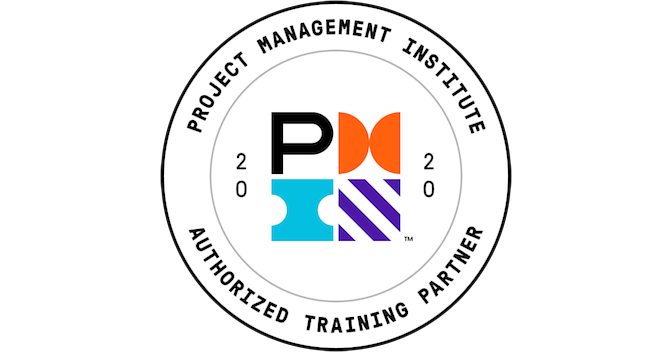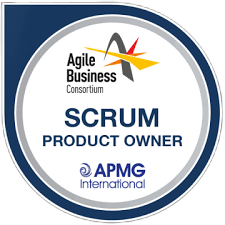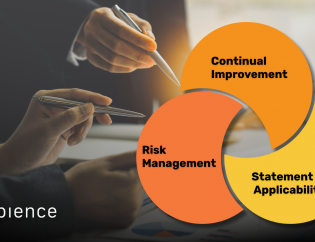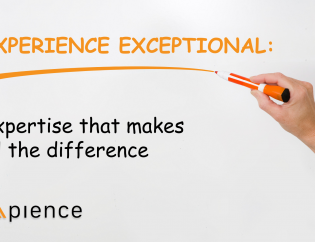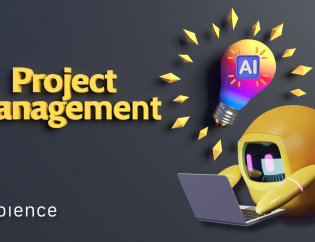The Rise Of Agile In Project Management
With our future being unpredictable, and technology changing ever faster, our projects experience far greater uncertainty on requirements ever than before. The Agile methodology is often brought up as the solution. We’re joined today by our Senior Consultant, Tan Hoon Wee as he sheds light on the rise of agile adoption, the reasons for Agile usage and the 3 common myths of Agile.
Written by:
Senior Consultant
Sapience Consulting

Agile Knowledge is a Project Manager’s Asset
In my project management training, one concept I often share with customers is that every project manager (PM) should have a goodie bag. When faced with a situation, you pull out a tool from the goodie bag and defuse the situation. I could have been inspired by my favorite Japanese manga character “Doraemon” who stores gadgets in his pouch. I think Project Managers can add a lot of value with Agile tools in their goodie bag.
In the last few years, I’ve spoken to many customers who have little exposure to Agile. I was like these customers several years ago in a software development project delivered using a waterfall approach. Our project was faced with an enormous number of change requests and in my view, we were close to a meltdown as the waterfall delivery was failing. I am grateful for that crisis which opened the door of Agile to me. Ever since, Agile has become a passion.

Why Agile?
The world is changing, so is the way we work. In the current VUCA (Volatile, Uncertain, Complex, Ambiguous) world, projects are getting more complex. COVID-19 has added to the turmoil. The Agile mindset changes the way we think and how we approach work in general (Broza, 2016). Agile gives us tools that enable us to manage complex projects today. Projects in many organisations are becoming ongoing development of products, solutions or services, with increasing emphasis on delivering business value.
The 15th Annual State of Agile Report (Digital.ai, 2021) sees an explosive increase in Agile adoption across the functions of the enterprise. Survey respondents indicate the two most urgent reasons for adopting Agile are the speed and flexibility required by work environments that continue to be both unpredictable and volatile. Since the global pandemic emerged in early 2020, organizations are now aware of the opportunities and challenges ahead and realize being successful in the digital age requires agility in software development and delivery, as well as business strategy and operational execution. With today’s enterprises under increased pressure to respond quickly to the needs of their customers and stakeholders, they must bring new products to market faster and accelerate improvements to existing solutions and services.
Built on lean thinking, Agile methods enable us to prioritise our work based on business value. By delivering in sprints not derailed by changes and keeping sprints to a maximum of four weeks, we reduce risk and deliver incrementally. Teams are empowered with more autonomy and could become more motivated at work.
Here is something that might interest you – AgilePM Foundation & AgileBA Foundation
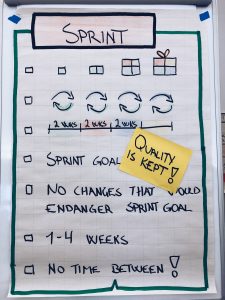
Common Agile Myths
Perhaps the Project Management Professional (PMP)®, a world’s leading project management certification, is a significant indication of demand for Agile professionals. PMP® now includes Waterfall, Agile and Hybrid approaches in its current version. About half the exam is on Waterfall while the other half on Agile and Hybrid.
Some Project Managers may not be too keen to learn Agile as Agile is commonly misunderstood by many. Some common misconceptions include:
- Agile means no planning
Planning is essential in Agile. Considering the planning horizon, Agile’s incremental planning invests just enough time in upfront planning and adapts to changes. For instance, sprint planning is held at the beginning of every sprint and a daily standup enables daily planning.
- Agile is anti-documentation
This myth could be a misinterpretation of one of the Agile Manifesto’s four values, i.e. “We value working software over comprehensive documentation.” It is more accurate to say Agile does documentation when documentation adds value, not just for the sake of documentation. It is more important to deliver a working product or solution to our customers than to have detailed documentation upfront. Most often than not, getting into details upfront is wasteful in terms of time and effort.
- Agile compromises quality to be faster
There is a perception that Agile cuts quality to deliver faster. This myth could also be due to no specific testing or quality role in Agile. However, testing is done within the Agile team. Through iterative development, the Agile team seeks feedback from the stakeholders (inspect) and develops the features to meet the acceptance criteria (adapt). Agile also has a retrospective at the end of every sprint to improve quality by inspecting how the last Sprint went in people, interactions, processes, tools, and definition of done
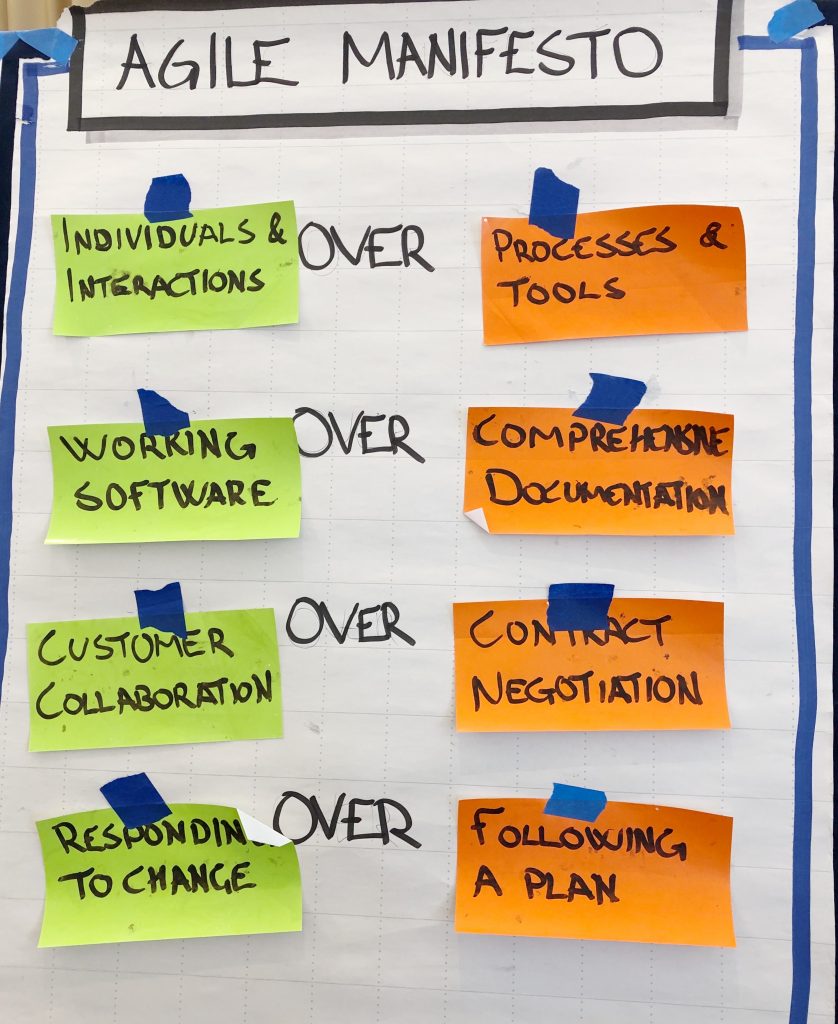
I think that a PM who is conversant in Waterfall and Agile approaches is a great asset to an organization. Such PMs can drive projects to bring new products, solutions or services to market faster and accelerate improvements to existing solutions and services, using the project approach that is fit for purpose
References
- Broza, G. (2016). The Agile Mind-Set, Making Agile Processes Work. Lean Publishing.
- Digital.ai. (2021). 15th Annual State of Agile Report. https://digital.ai/resource-center/analyst-reports/state-of-agile-report
*Project Management Professional (PMP) is a registered mark of the Project Management Institute, Inc.
Learn more about Project Management, Agile and other methodologies with these available courses today!
Check out our IBF-approved courses! There is no better time to upskill than now!

